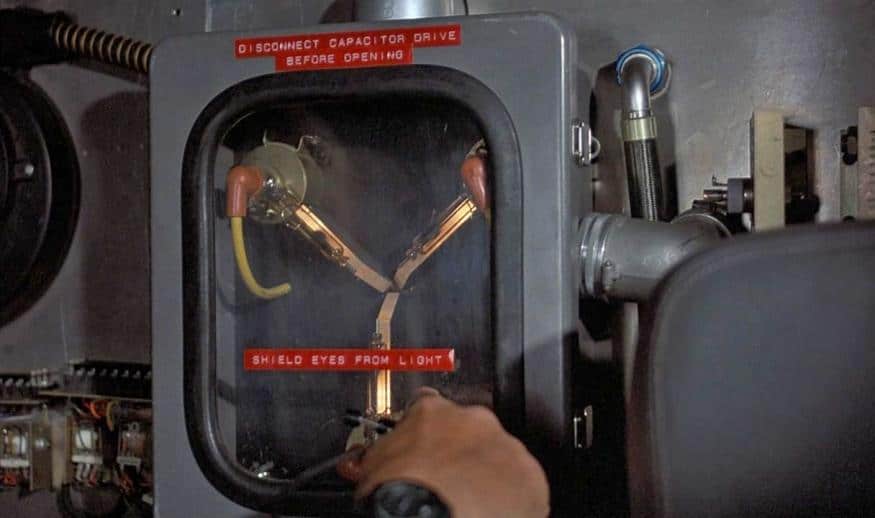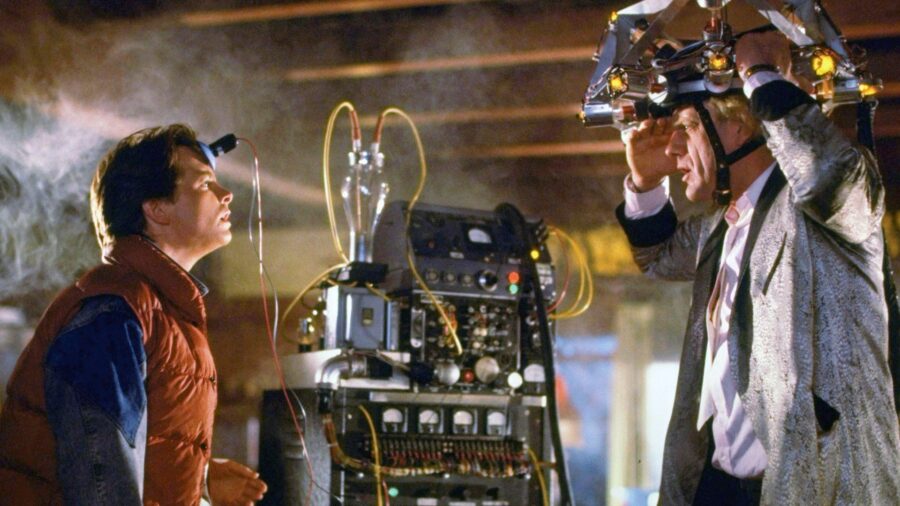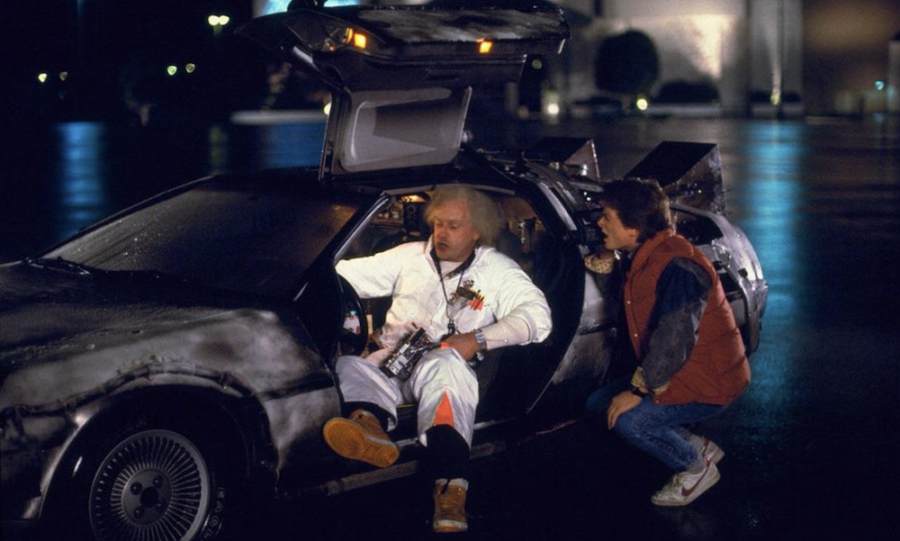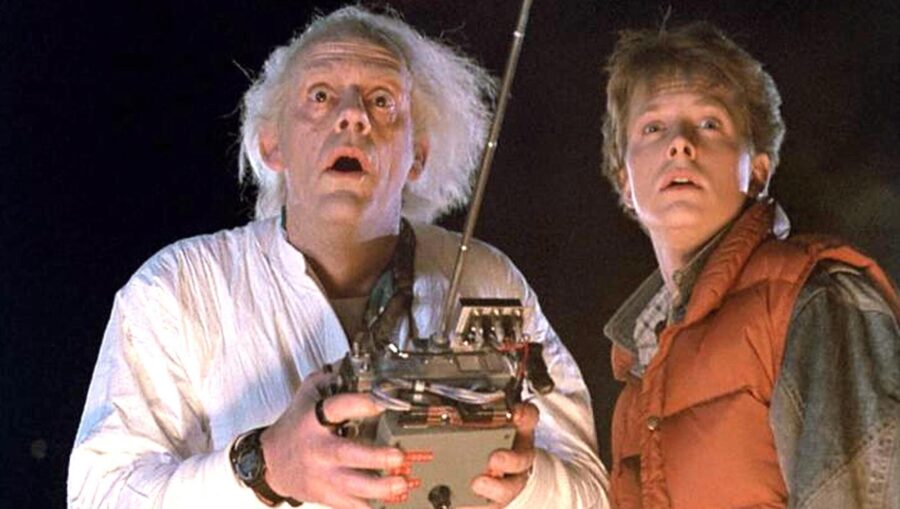How The Flux Capacitor Works In Back To The Future
The flux capacitor is the essential component of Doc Brown's time machine; here's how it works.

It was a fateful day for Doc Brown in 1955 when he fell off his toilet, hit his head on his sink, and woke up with the image of the flux capacitor burning into his brain. That was the moment that started it all, the pivotal inciting incident for Doc’s journey in the Back to the Future franchise. But how does the flux capacitor, this strange mechanism that allows Doc and Marty McFly to time travel, actually work?
Let’s get into it.
So, what exactly is the flux capacitor? This odd little box contains flashing lights that are connected to Y-shaped tubes, and it’s installed in Doc’s famous time-traveling DeLorean. In fact, the DeLorean Time Machine relies on the flux capacitor, as it’s the crucial component that enables time travel.

But how does it work? While the Back to the Future movies never explicitly explain how the flux capacitor works, we can make some pretty good guesses based on the information we do have. For instance, the words “flux” and “capacitor” give two pretty good hints on their own, as in the realm of physics, “flux” refers to the quantity of a substance, such as electricity, flowing across the surface of an object, while “capacitor” is an apparatus designed to store electrical charge.
In fact, Doc’s invention is rooted in enough science that even though no engineer has invented time travel yet (as far as we know), many engineers have developed flux capacitors of their own as an homage to the film.
In theory, the flux capacitor functions as a power reservoir for an immense amount of energy, specifically 1.21 gigawatts (equivalent to 1,210,000,000 watts). When the speed of 88 miles per hour is attained, this energy is directed through three luminescent rods, causing microwaves to travel unidirectionally and converge at the center.
Then, the flux capacitor, connected to the flux bands located on the exterior of the DeLorean, would unleash a staggering 1.21 gigawatts of power, enabling a transition through the wormhole at the speed of 88mph. However, for the DeLorean to generate the wormhole, it must first capture and disentangle two black holes, a feat requiring the intersection of quantum mechanics and classical mechanics.

In the time travel theory presented in the Back to the Future movies, the space-time continuum would have to be spherical because when Marty and Doc hop into the DeLorean to time travel, they essentially leave one space in time to reappear in the exact same space, just at a different point in time. This alone is a reason why Doc’s flux capacitor wouldn’t really work because, in reality, nothing actually stays in the same place as we’re sitting on a spinning planet that is continuously being propelled through space. But, we digress.
For the sake of argument, let’s say that the flux capacitor actually had a chance at really working. If so, how would it be powered? Luckily, the movies gave us a pretty good explanation to answer this (as long as we tap into our suspension of disbelief).
While a regular DeLorean will run on regular unleaded gas, the time machine needs something a little more potent to kick the flux capacitor into high gear… Plutonium. While Doc’s time machine isn’t nuclear (it’s electrical, according to Doc), it needs a nuclear reaction in order to jumpstart time-traveling wormhole creations. Actually, it needs way more than just a jumpstart.

As we’ve mentioned, the flux capacitor needs 1.21 gigawatts to run. Let’s just take a moment to think about how strong that actually is. For instance, a nuclear-powered Nimitz Class Aircraft Carrier used by the U.S. Navy only uses 194 megawatts, so nothing in real life comes even close to the amount of power that Doc needs for his time machine.
Fortunately for Doc and Marty, a bolt of lightning coming in at 300 million volts carries enough of a punch to get the flux capacitor working, which is how they solve this problem in the movies.
So, could a flux capacitor work in real life? So far, no scientist has managed to be as clever as Doc Brown and pull off time travel. However, a real flux capacitor has been invented.
According to Engadget, the real-life flux capacitor is a novel form of electronic circulator that can regulate the directional flow of microwave signals, offering potential breakthroughs for quantum computing and advancements in radar technology. Mainly, it is used to enhance the performance of WiFi and mobile antennas. But, with enough research, maybe someday our real-world scientists will be able to figure out how to use it like Doc did and travel back to 1955.













